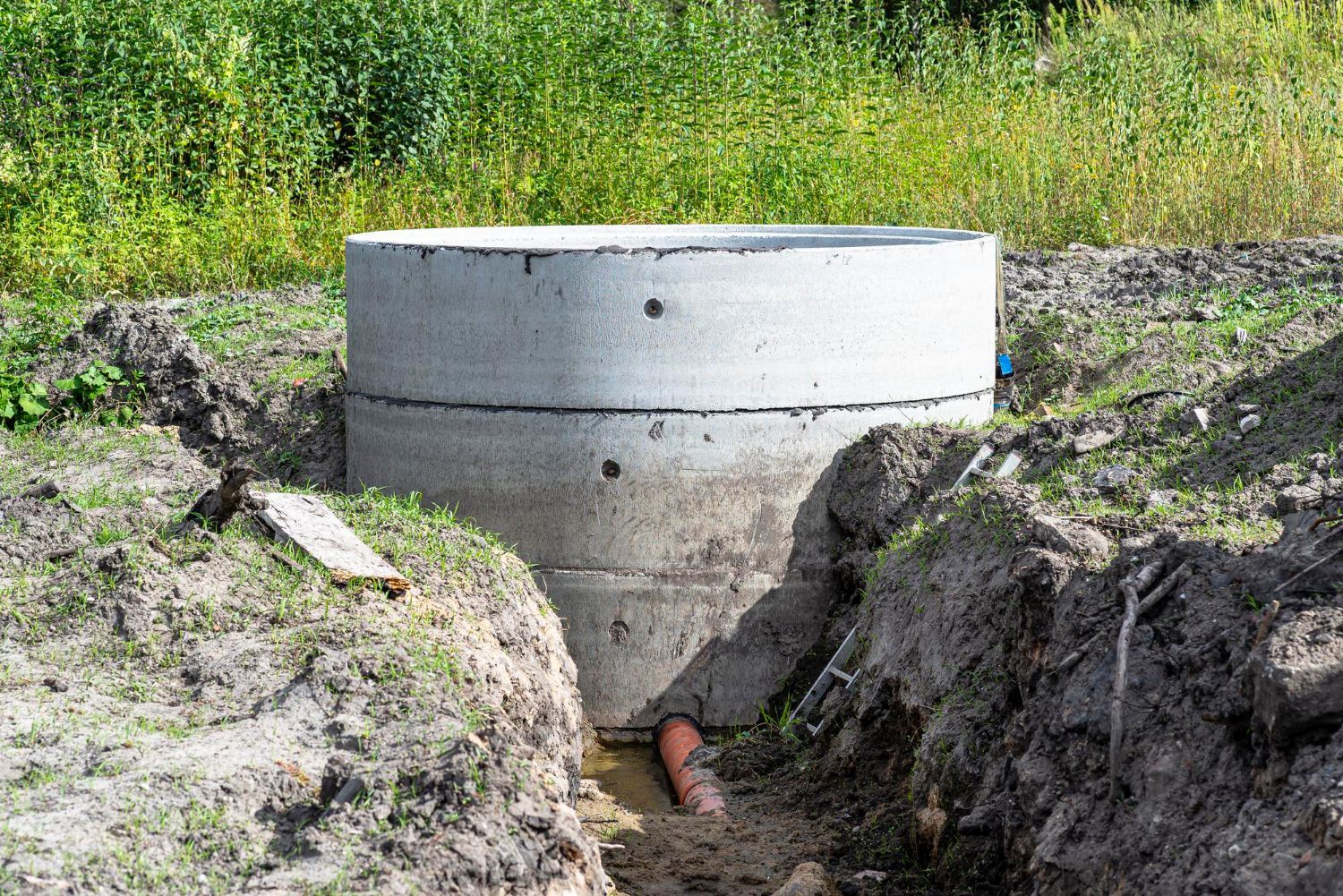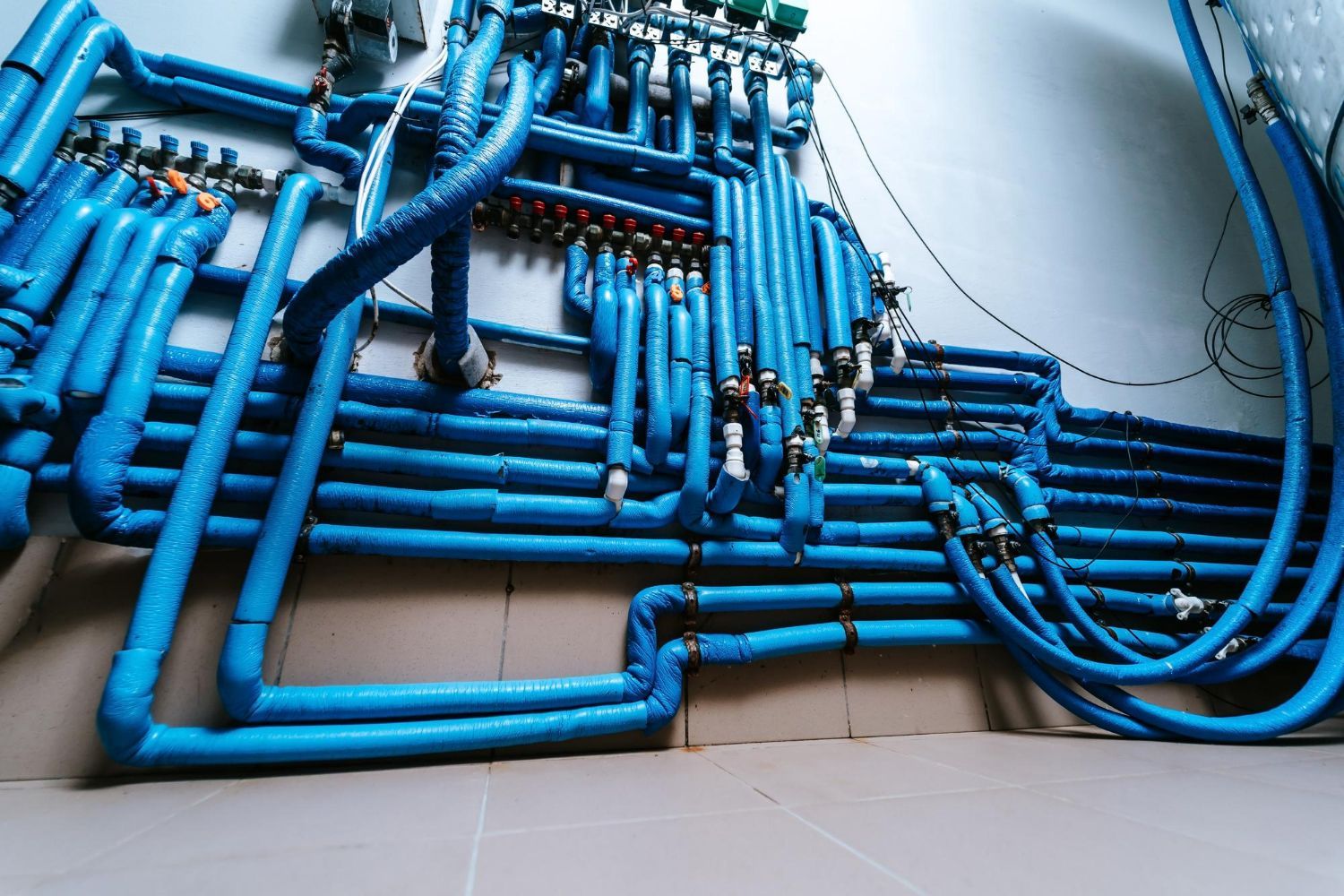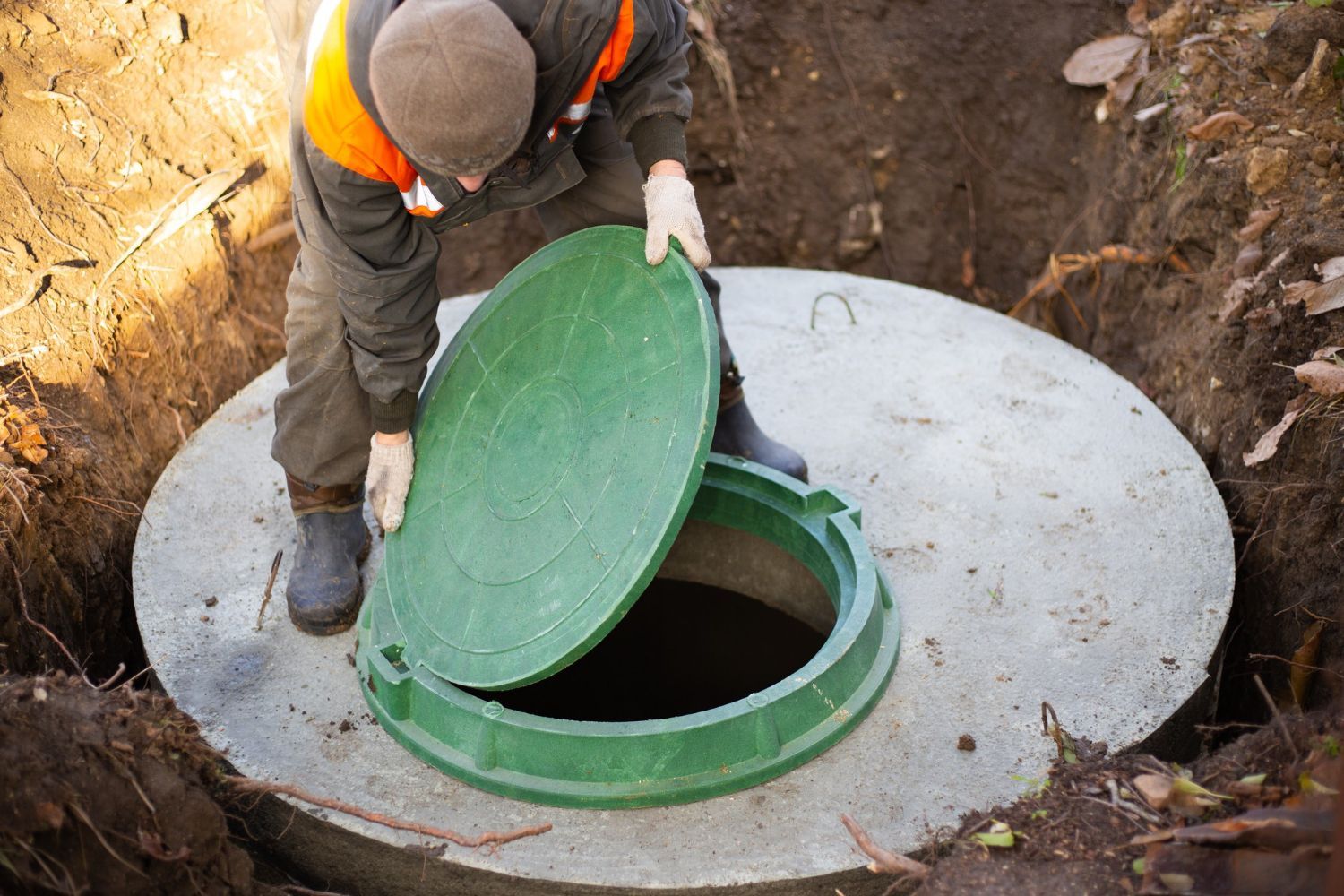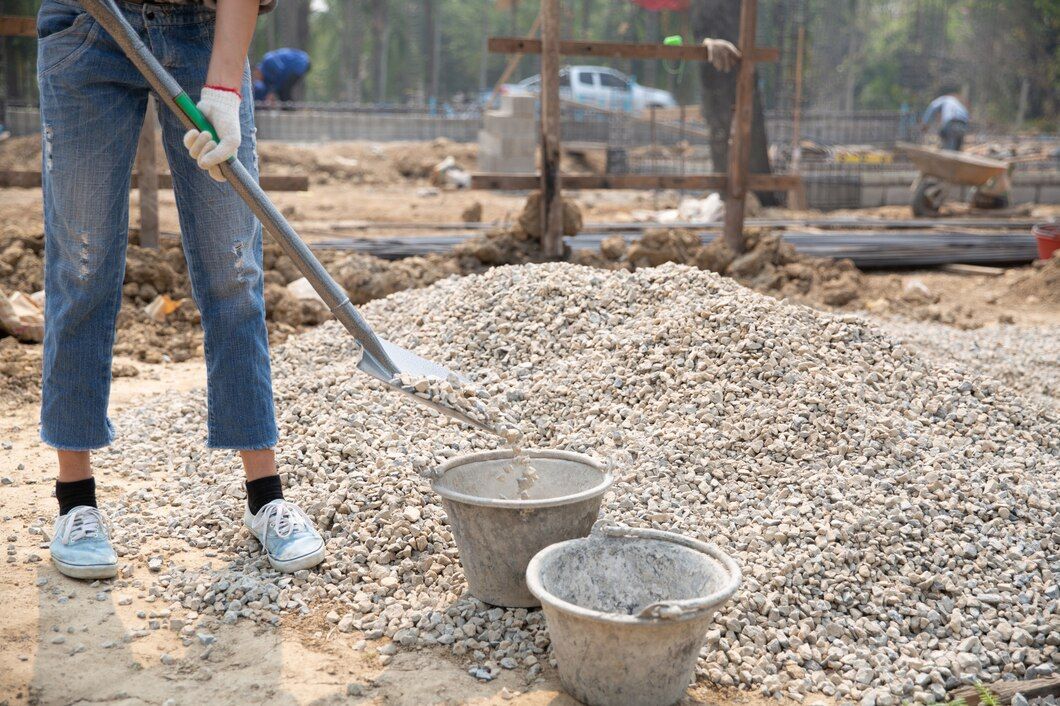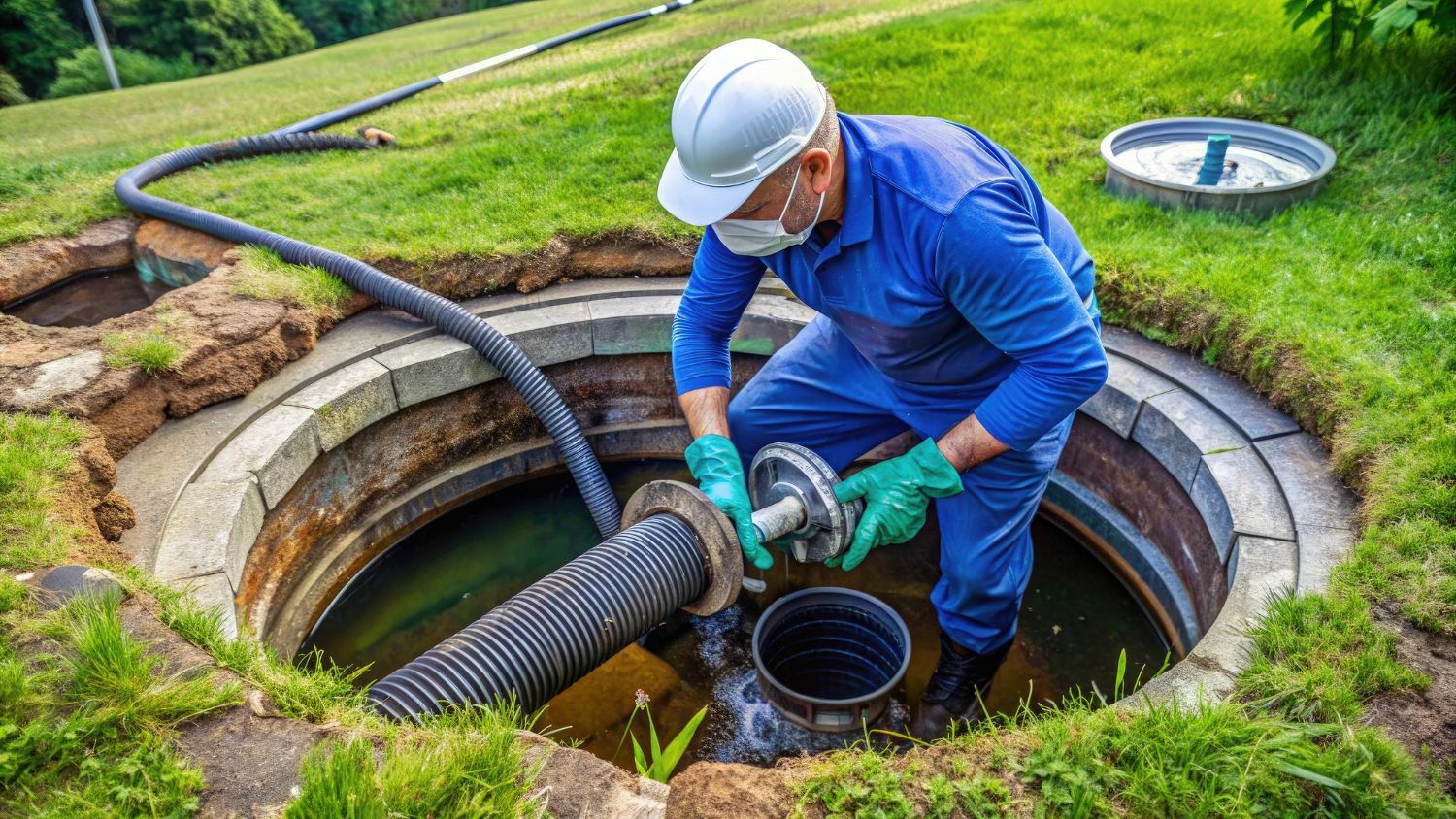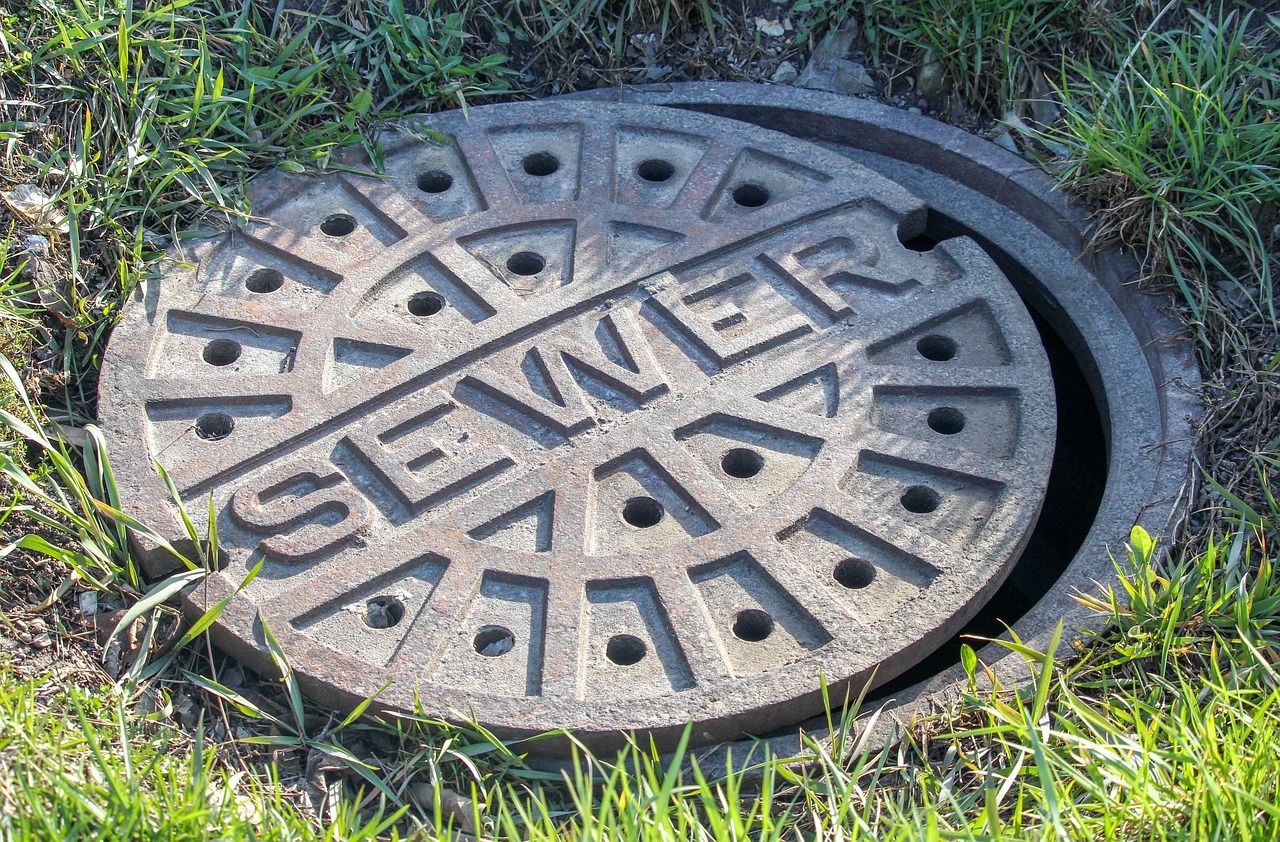Comprehensive Guide to Sump Pumps: Functions, Types, and Maintenance Best Practices
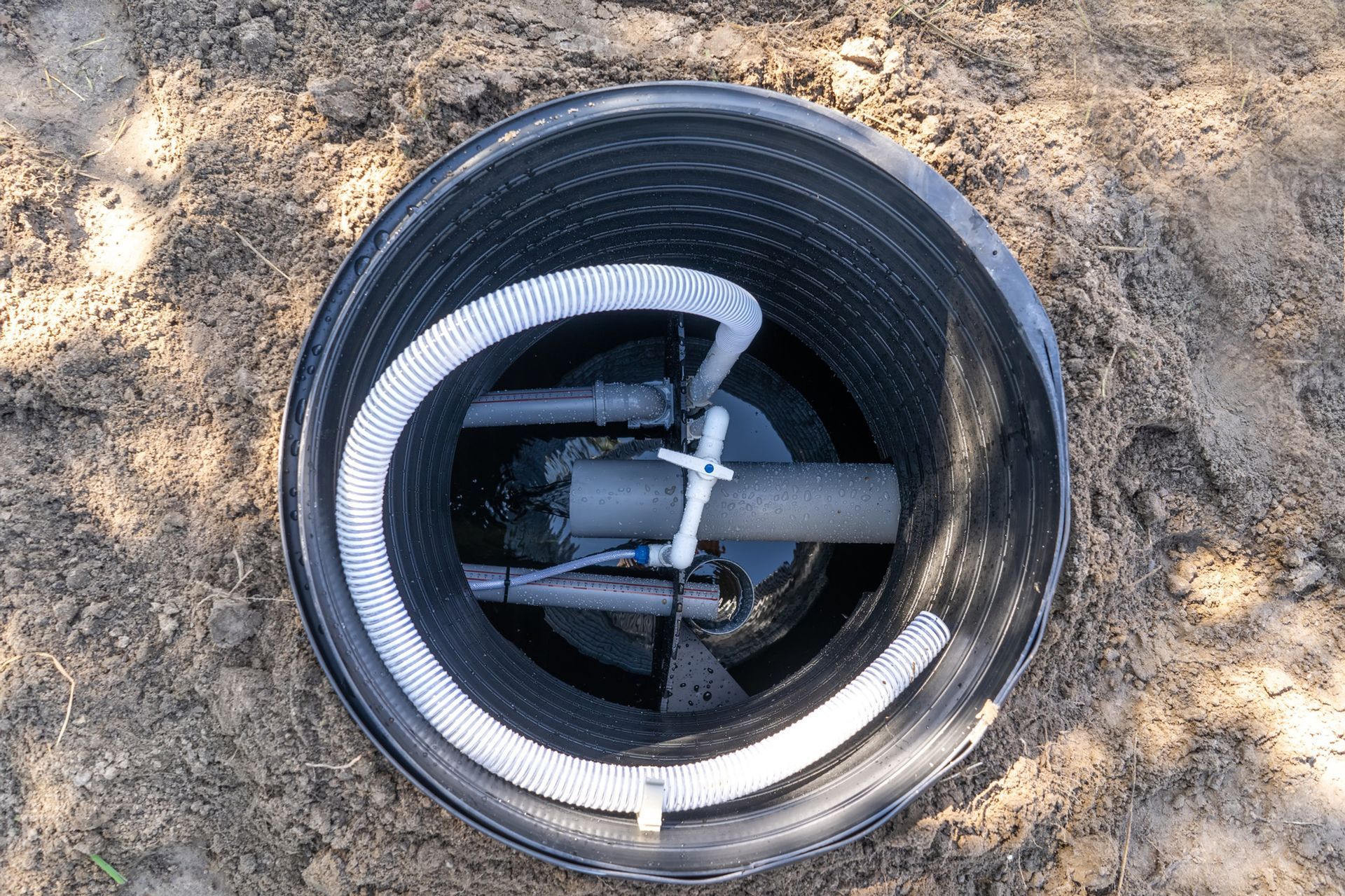
For properties located in areas prone to basement flooding or with below-ground living spaces, installing a sump pump can be a crucial step in preventing water damage and maintaining a safe, dry living environment. These specialized devices work to collect excess water and pump it away from your home or commercial property, protecting your foundation and interior from the destructive effects of water infiltration. In this comprehensive guide, we will examine the different types of sump pumps, their functions, and the need for proper maintenance to maximize their performance and lifespan.
A sump pump is typically installed in a sump pit or sump basin, which is strategically located in your basement or crawlspace to collect excess water from rain, groundwater, or other sources. When the water level in the pit begins to rise, the sump pump activates, pumping the water out and away from your property through a discharge pipe. As a result, sump pumps play a critical role in preventing basement flooding, water damage, and potential mold growth that can compromise the structural integrity of your property and pose health risks.
In this article, we will explore the different types of sump pumps available, including submersible, pedestal, and battery backup pumps, and discuss their specific functions and benefits. Additionally, we will delve into essential maintenance practices that can help you get the most out of your sump pump and ensure the protection of your property throughout the year. At Apollo Sewer & Plumbing, our team of skilled professionals is dedicated to providing top-quality plumbing and sewer-related services for residential, commercial, and industrial clients, including expert advice and support regarding sump pump installation and maintenance. Let's dive into the world of sump pumps and discover how they can help safeguard your property against water damage.
Types of Sump Pumps: Understanding Your Options
There are several types of sump pumps available, each designed to accommodate different property needs and preferences. By understanding the available options, you can select the sump pump that best suits your specific requirements. Let's take a closer look at the three main types of sump pumps:
- Submersible Sump PumpsA submersible sump pump is designed to function while fully submerged in water. These pumps feature a waterproof enclosure that houses the motor and other important components, ensuring safe operation when in contact with water. Submersible pumps are typically more powerful than their pedestal counterparts and are capable of handling both water and solid debris. Additionally, their position within the sump pit contributes to quieter operation and a less-obtrusive appearance.
- Pedestal Sump Pumps
Pedestal sump pumps feature a motor situated on a pedestal above the sump pit, keeping it elevated and away from the water. These pumps tend to be more affordable and have a longer lifespan than submersible pumps due to their motor placement. However, they may be less powerful and noisier during operation. Pedestal pumps are a good option for shallow or narrow sump pits where submersible pumps may not fit. - Battery Backup Sump Pumps
Battery backup sump pumps serve as a supplementary device to your primary pump, providing added protection in the event of a power outage or primary pump failure. These pumps are powered by a battery, ensuring that they continue to operate independently of the main power supply. In addition to their backup function, some models can also function as regular sump pumps during normal operation.
Sump Pump Function: How They Prevent Basement Flooding
Sump pumps play a crucial role in protecting your basement or crawlspace from flooding, working to collect and remove excess water before it has the chance to enter your living space. The primary function of a sump pump can be broken down into the following steps:
- Water Collection
Excess water from groundwater, rain, or other sources seeps into the sump pit through perforations or natural gravity flow. - Activation
When the water level in the sump pit reaches a predetermined point, the sump pump's float switch activates the motor, triggering the pumping process. - Pumping Process
The sump pump draws water from the pit and pumps it through a discharge pipe, which carries the water away from your property's foundation. - Deactivation
Once the water level in the pit drops to a safe level, the float switch deactivates the motor, and the sump pump ceases operation until the next cycle.
Sump Pump Maintenance: Best Practices for Peak Performance
Proper maintenance is essential for ensuring the efficiency and longevity of your sump pump.
Regular check-ups and care can help prevent malfunction, extend the life of your pump, and keep your basement safe and dry. Consider the following maintenance best practices for optimal sump pump performance:
- Test Your Pump Regularly
To test your sump pump's functionality, pour several gallons of water into the sump pit and observe whether the pump activates, removes the water, and shuts off properly. Perform this test every few months or whenever you suspect a potential issue. - Inspect and Clean the Sump Pit
Remove debris, such as dirt, gravel, or other objects, from the sump pit regularly, as these items can interfere with the pump's operation or damage its components. - Check the Discharge Pipe
Ensure that the discharge pipe is free of obstructions, such as debris, ice, or animal nests, and that it is directing water away from your home's foundation. - Examine the Float Switch
Inspect the float switch for damage or obstructions, as it is crucial for the proper activation and deactivation of your sump pump. - Schedule Professional Maintenance
Consider scheduling an annual professional maintenance appointment with a skilled plumber to assess your system and address any issues that may not be visible to the untrained eye.
Safeguarding Your Property with a Reliable Sump Pump
Investing in a high-quality sump pump and ensuring regular maintenance can protect your property from basement flooding and the associated risks of water damage. By understanding the types of sump pumps available, their functions, and maintenance best practices, you can enjoy the peace of mind that comes with a well-protected, dry living space.
At Apollo Sewer & Plumbing, our team offers expert assistance with
sump pump repair services, installation, and maintenance. If you're interested in installing a sump pump or need professional help with your current system, contact us today to discuss your needs and find the perfect solution for safeguarding your property's foundation.

